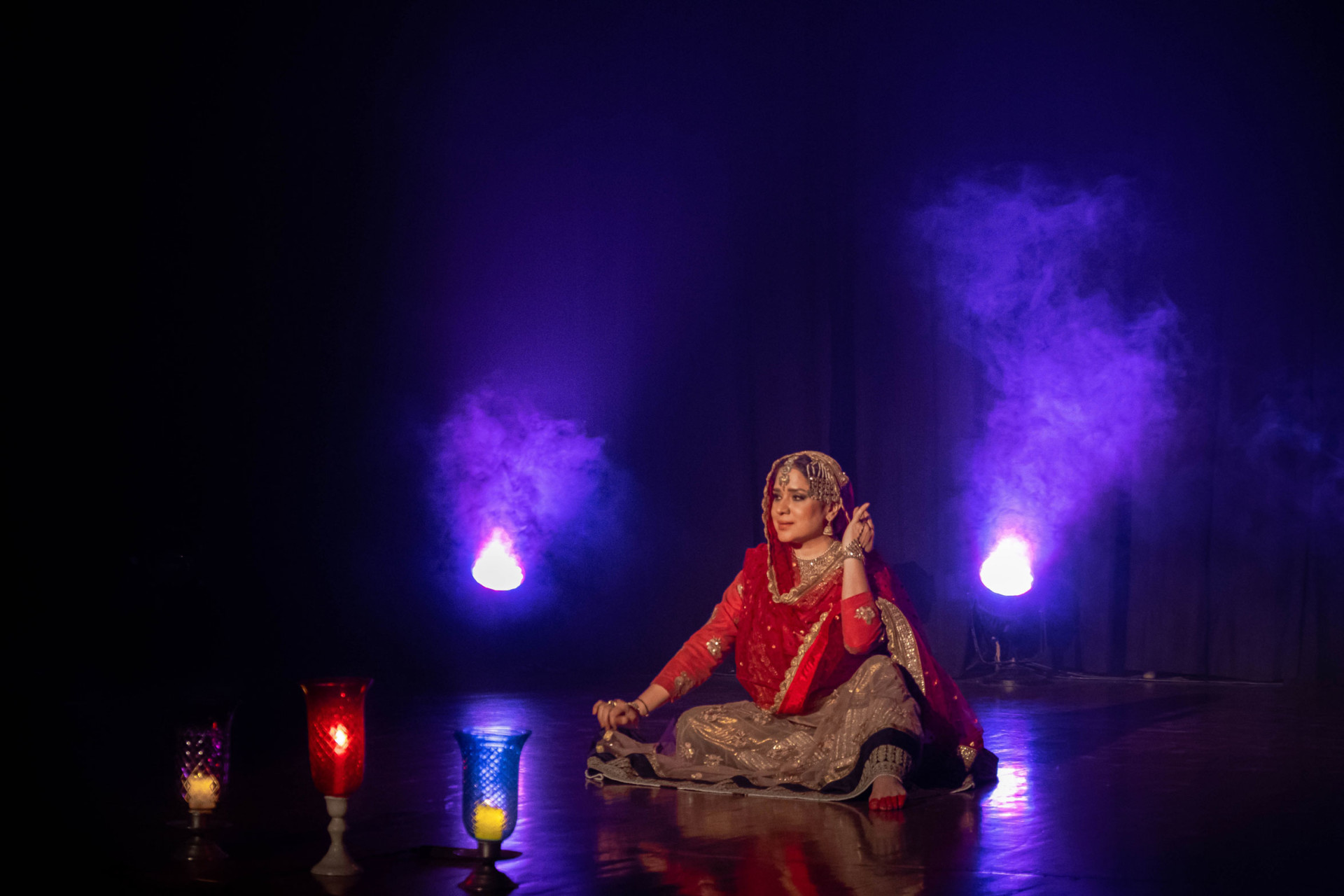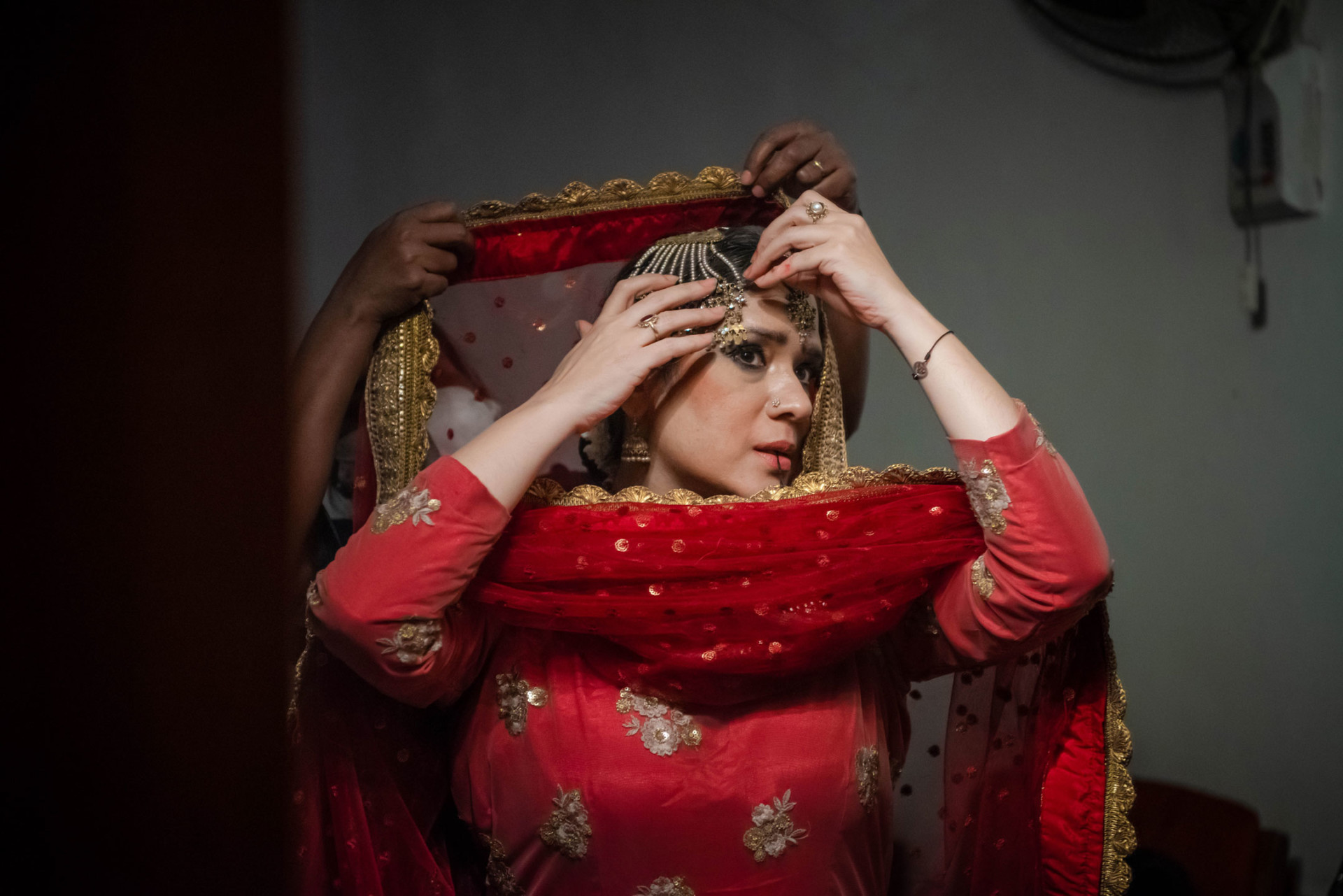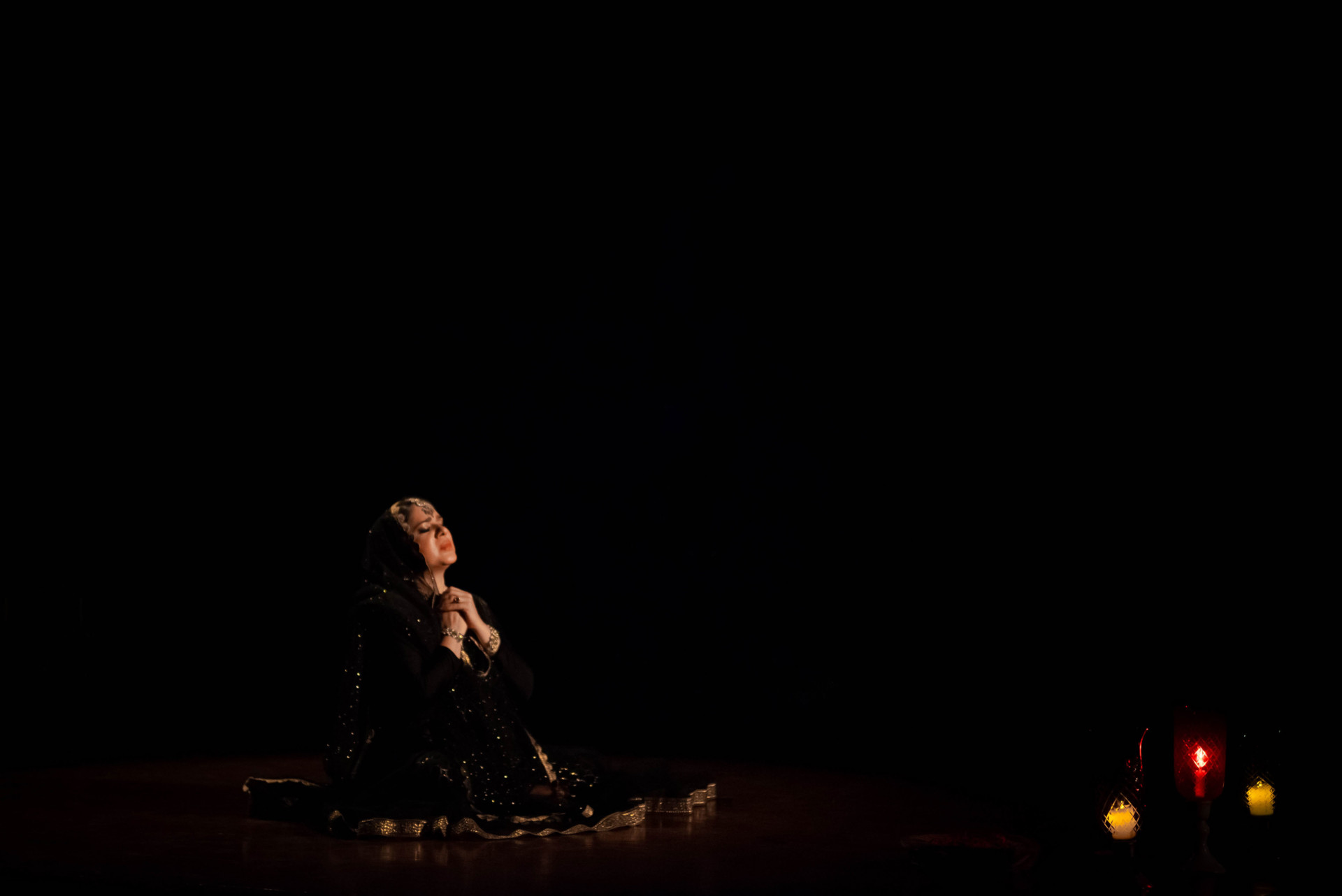



The Movement to Place India’s Belittled Courtesans in a More Positive Light
Long a respected art combining dance and literature, Tawaif fell from favor. But a resurrection is under way
Listen to this story
An old and feeble classical singer, who in her prime held the status of a celebrity, lay motionless on her bed in a humid and searing hot room in a small village in Lucknow in northern India. Under a tin roof that made her one-room house unlivable, she faced the only window of her shanty and stared through it at the world where she once left thousands of fans spellbound with her poignant but melodious voice. Her lifetime fame, fandom and ferocity in her voice came to a halt in his shabby room where she was partially paralyzed after a stroke. All she had left was her voice.
And a wish “to wear Banarasi Sari and sing on the stage.” That was in September 2013, when prominent Sufi-Kathak dancer Manjari Chaturvedi had gone to see Zareena Begum, one of India’s last surviving courtesans, or Tawaif.
The courtesans, called by different names in different regions of India, were an integral part of the subcontinent’s cultural heritage, highly revered for their art and command over vast Persian and Urdu literature and poetry. These performing artists catered to the nobility even before the Mughal era.
Danish Iqbal, a historian and academic, explained that the word Tawaif is the derivative of the Urdu word Taifi, meaning “a traveling troupe.” Some etymologists believe that Tawaif comes from the Arabic word “Tauf” or “Tawaf,” which means circling around, roaming or circumambulation. The word is also mentioned in the Quran in the context of heavenly rewards for believers, with youthful servants dedicated to “circling around” or “waiting on” them. Create a free account to continue reading Already a New Lines member? Log in here Create an account to access exclusive content.


All photos taken by Haziq Qadri



